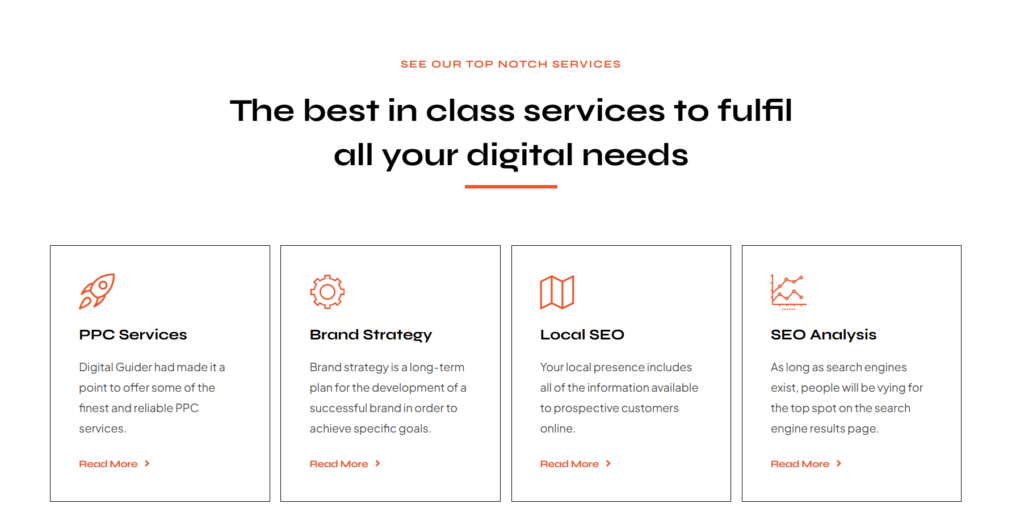As e-commerce continues to grow in 2024, having a solid SEO for e-commerce strategy is essential for standing out in a crowded market. Product page optimization is a critical component of e-commerce SEO because it directly impacts your visibility on search engines and ultimately, sales. In this guide, we’ll explore actionable e-commerce SEO tips that can help you improve your product page rankings and drive more qualified traffic to your online store.
What is E-commerce SEO?
E-commerce SEO is the practice of optimizing your online store and product pages to rank higher in search engine results pages (SERPs). This includes optimizing everything from product descriptions to images, ensuring that search engines can easily crawl and index your pages. The goal is to make your product pages more visible to potential customers, resulting in more organic traffic and higher sales.
For a more in-depth look at SEO for e-commerce, check out SEO Shapers – E-commerce SEO Services.
How to Improve Product Page Rankings
- Optimize Product Titles for Search Intent
The product title is the first thing both users and search engines will notice. Optimizing it for SEO for e-commerce can significantly impact your rankings.
- Include primary keywords: Use keywords that users are likely to search when looking for your product. For example, “Nike Air Max 2024 Running Shoes.”
- Be descriptive: Make sure the title accurately describes the product to avoid misleading users.
- Keep it concise: Don’t overcrowd the title. Aim for clarity and precision.
By optimizing product titles, you make it easier for search engines to understand what the page is about. For help optimizing your product titles, visit SEO Shapers – Product Page SEO.
- Write Unique, Compelling Product Descriptions
Product descriptions are key for product page optimization. Unique, well-written descriptions help you stand out and can improve your SEO rankings.
- Avoid duplicate content: Each product description should be unique. Search engines penalize sites with duplicate content, which can hurt your rankings.
- Focus on benefits: Highlight the features of the product, but also emphasize how it benefits the customer.
- Incorporate keywords naturally: Use relevant keywords in a way that flows naturally within the description.
To learn more about optimizing product descriptions, check out SEO Shapers – Content Strategy.
- Use High-Quality Images and Optimize Them
Images play a major role in e-commerce SEO. Not only do they enhance the user experience, but they also provide SEO opportunities.
- Optimize image filenames and alt text: Include descriptive keywords in the image file name and alt text to improve image search rankings.
- Compress images: Large images can slow down page loading times, negatively impacting SEO. Use tools like TinyPNG to reduce file size without compromising quality.
For tips on image SEO and optimization, visit SEO Shapers – Image SEO Services.
- Implement Structured Data (Schema Markup)
Structured data, or schema markup, is a type of code you can add to your product pages to help search engines understand the content more effectively.
- Use product schema markup: This can include pricing, availability, reviews, and more. It makes your product page more informative for search engines, which can result in enhanced search listings (e.g., rich snippets).
- Add review schema: Displaying star ratings directly on search results can increase click-through rates.
Learn more about implementing schema markup from SEO Shapers – Structured Data Services.
- Improve Page Load Speed
Page load speed is a ranking factor for Google and also impacts user experience. Slow-loading pages can lead to higher bounce rates and lower rankings.
- Optimize code: Minimize CSS, JavaScript, and HTML files.
- Use a content delivery network (CDN): CDNs distribute content across multiple servers to speed up page load times.
- Leverage browser caching: Enable caching to allow repeat visitors to load your pages faster.
For expert help improving your website’s speed, check out SEO Shapers – Technical SEO.
Conclusion
SEO for e-commerce is vital for boosting product page rankings and driving more traffic to your store. By optimizing product titles, writing unique descriptions, using structured data, and improving page speed, you can make significant strides in increasing your visibility on search engines.
If you need help optimizing your e-commerce site, SEO Shapers offers specialized e-commerce SEO tips and services that can help you achieve better rankings and higher sales.



